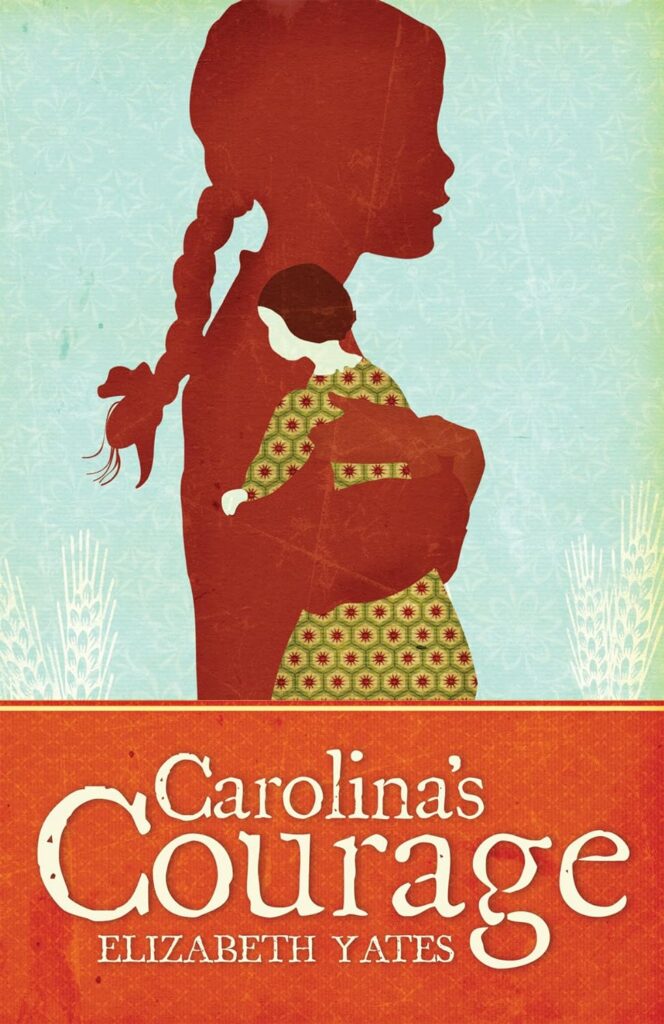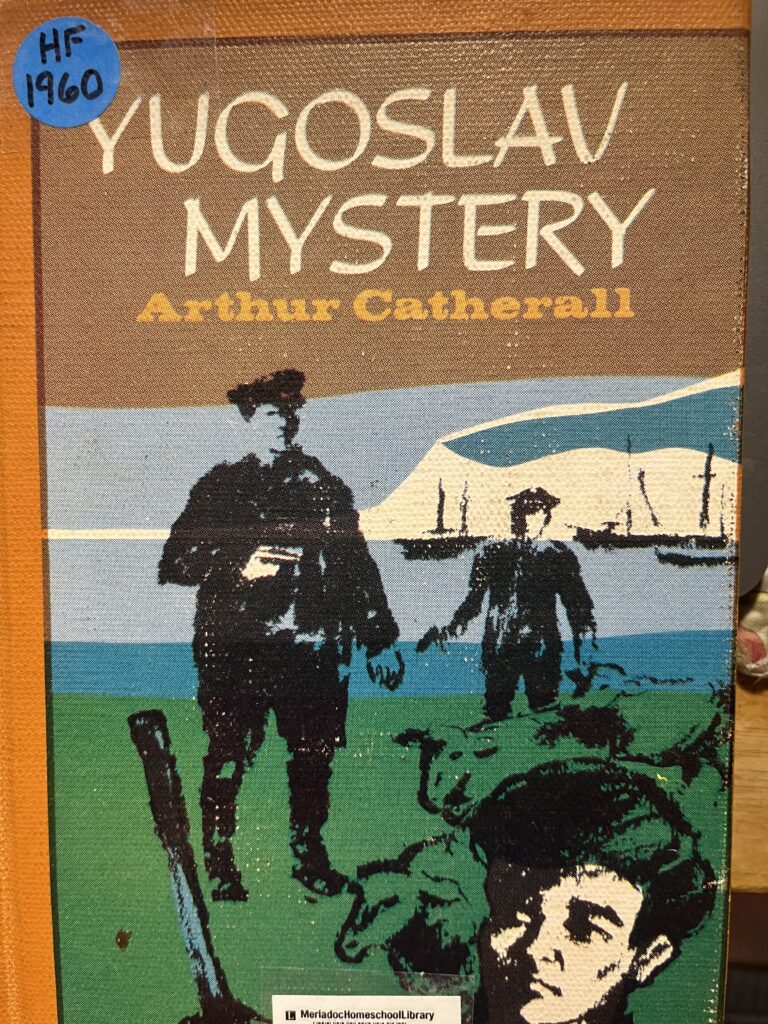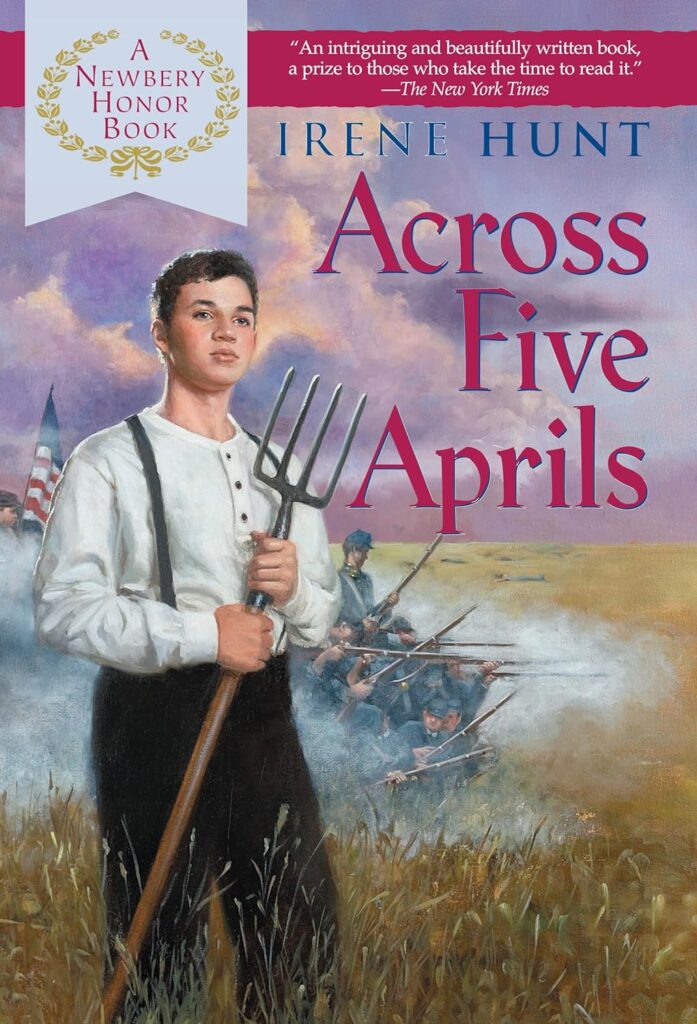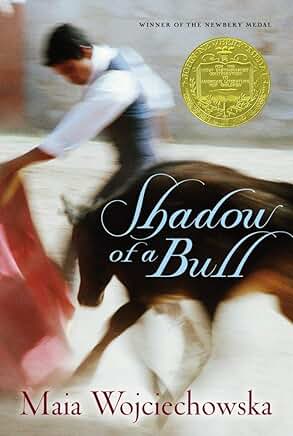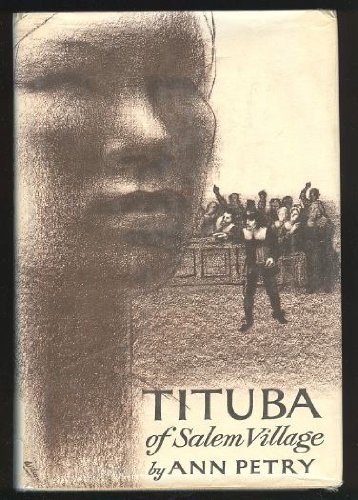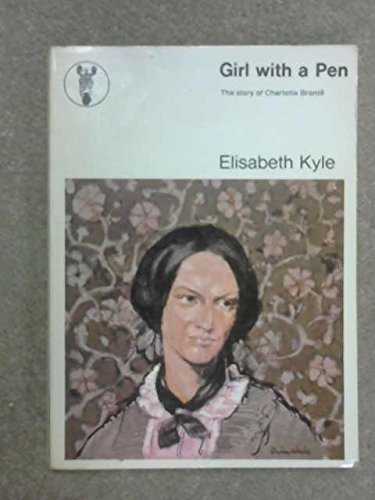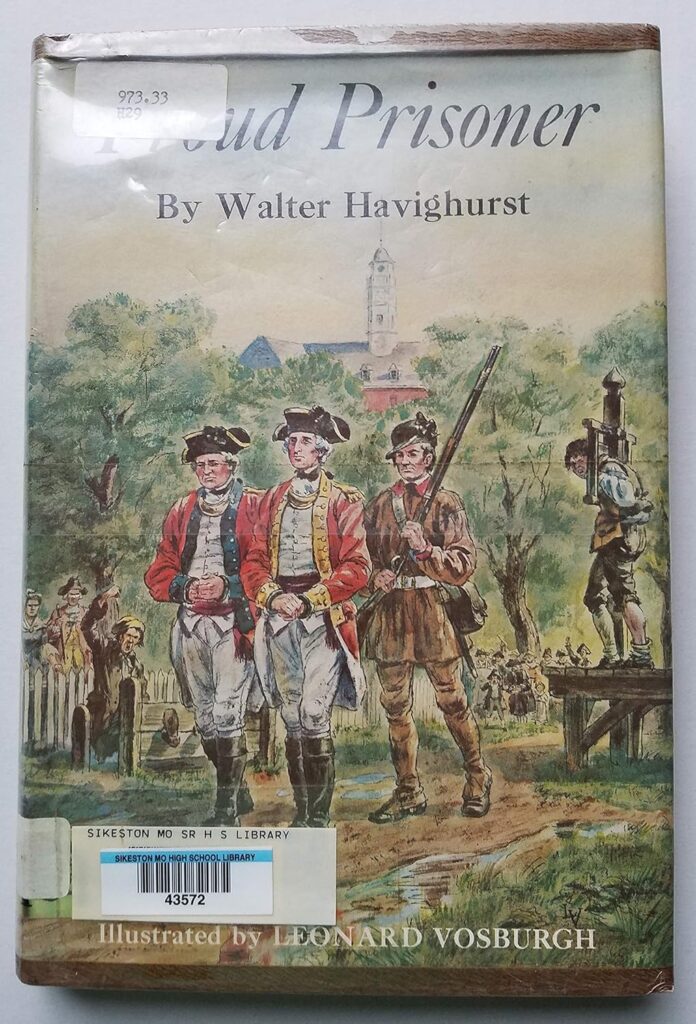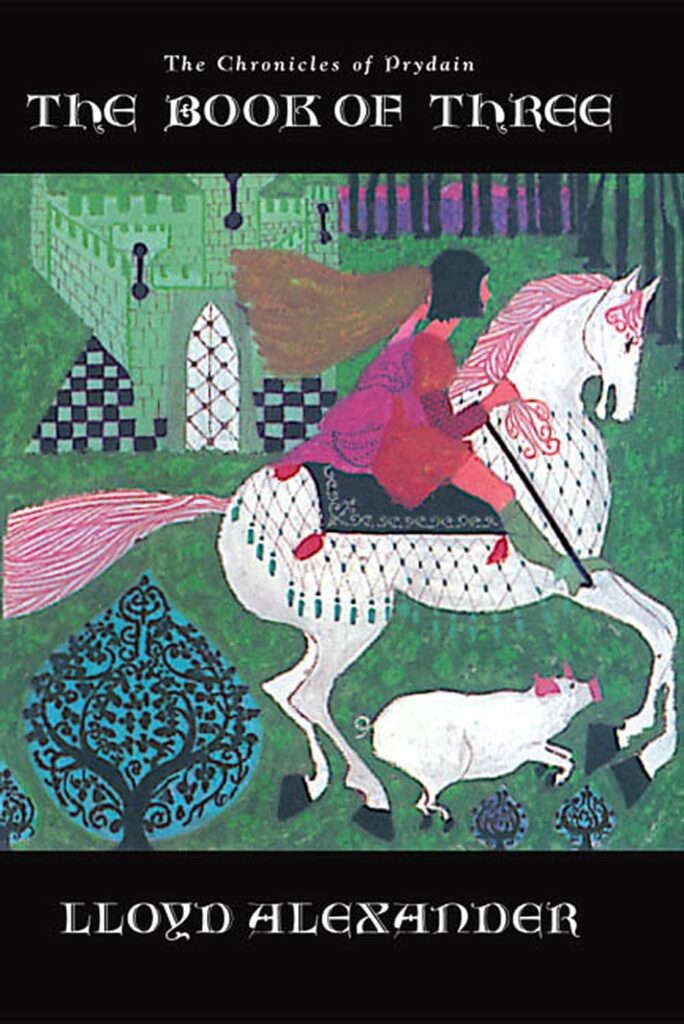Carolina and her family, the Putnams, are leaving their New Hampshire farm to go west to Nebraska Territory. It’s a long way, and there are many things they must take with them in their wagon to enable their new start in the wilderness. Therefore, many, many things, everything unnecessary or replaceable, must be left behind. Carolina can only take one very precious item, her beautiful china doll, Lydia-Lou.
This book is a short and easy to read novel about going west. It clocks in at 131 pages, and every page is delightful. I’m not sure how old Carolina is as the story begins, old enough to go to school but young enough to love and talk to her doll, maybe six or seven years old. She has an older brother, Mark, and a father who’s determined to start anew in Nebraska Territory, and a mother who’s willing to follow her husband’s lead despite the sacrifices that they all must make to get there.
I loved the fact that the Putnam family have a deep faith in God that becomes a natural part of the story. “In the village there was a white church with a slender spire, and the Putnam family went every Sunday morning.”
“[In] the safest place of all the space in the wagon, the driest, and the most accessible. There the Bible was laid, wrapped in a soft woolen shawl.”
“We’ll have need to keep an edge to our minds,” he said, ” and we’ll do it best with the Bible.”
“God blessed our coming into this house fifteen years ago,” John Putnam said, and it was hard to tell whether he was praying or making a last entry in some invisible book. “He blessed us with Mark, and later on with Carolina. Now may He bless our going out as we seek another land and work for our hands.”
Those are just a few of the times that the book mentions the prayers and faith of Carolina’s family as they travel across the country. And I thought that the story was well crafted to show that the Putnam family, although they had many wonderful adventures on their way to a new land, also had to make many sacrifices to get there safely. And perhaps Carolina is called on to make the biggest sacrifice of all.
Elizabeth Yates was such a talented and faith-filled author of beautiful books for children. I haven’t read them all yet, but I have the following books by this author in my library. And I do plan to read them all. Highly recommended author.
- Iceland Adventure. Fifteen-year-old Michael and his fourteen-year-old sister Merry accompany their adventurous Uncle Tony to Iceland, where they explore the remote mountainous countryside in search of a long-lost relative of one of their uncle’s friends.
- Swiss Holiday. A visit to Switzerland with their adventurous Uncle Tony brings Michael and Meredith new friends and an introduction to the art of mountain climbing.
- Hue and Cry. Jared Austin, staunch member of the mutual protection society that defends his 1830s New Hampshire community against thieves, tries to temper justice with mercy when his deaf daughter Melody befriends a young Irish immigrant who has stolen a horse.
- A Place for Peter. Thirteen-year-old Peter gets a chance to earn his doubting father’s trust when he successfully handles the important task of tapping the sugar maples to make syrup for their mountain farm.
- Sarah Whitcher’s Story. The community searches for a young girl lost in a New Hampshire forest in the pioneer days. Based on a true story.
- The Journeyman. One day a journeyman painter visits a quiet New Hampshire farm, and his unexpected offer sets Jared aglow with excitement. He starts off on an adventure that takes him miles from home and into experiences that bring him to manhood and deepen his faith.
- Mountain Born. A boy in a family of sheep farmers raises a black lamb to be the leader of the flock. 1944 Newbery Honor book.
- Amos Fortune, Free Man. The life of an eighteenth-century African prince who, after being captured by slave traders, was brought to Massachusetts where he was enslaved until he was able to buy his freedom at the age of sixty. 1951 Newbery Medal winner.
